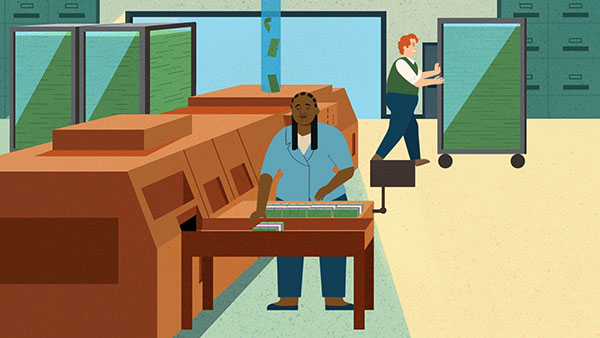Providing Financial Services

Reserve Banks receive cash deposits from commercial banks. They also inspect bills and remove unfit currency from circulation.
When Congress established the Federal Reserve, it charged the Fed with the critical task of providing a safe and efficient method of transferring funds throughout the country’s banking system. Reserve Banks and their branches carry out this mission, offering financial services to all financial institutions in the United States, regardless of size or location.
Essentially, Reserve Banks serve as bankers’ banks, offering a variety of financial services. They distribute currency and coin, process checks, and offer electronic forms of payment.
Traditional Forms of Payment
Regional Reserve Banks meet the public demand for currency and coin within their Districts. Sometimes, people want to hold more of their assets in cash (currency and coin).
Besides providing currency and coin, the Fed processes commercial checks. Back in 2014, the Fed processed approximately 5.7 billion paper check transactions. The Fed has led the industry’s push to replace paper forms of payment, such as checks, with electronic forms of payment that offer lower risk and higher efficiency. The Fed now transmits electronic images of checks and allows electronic deposits and payments.

